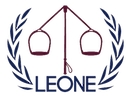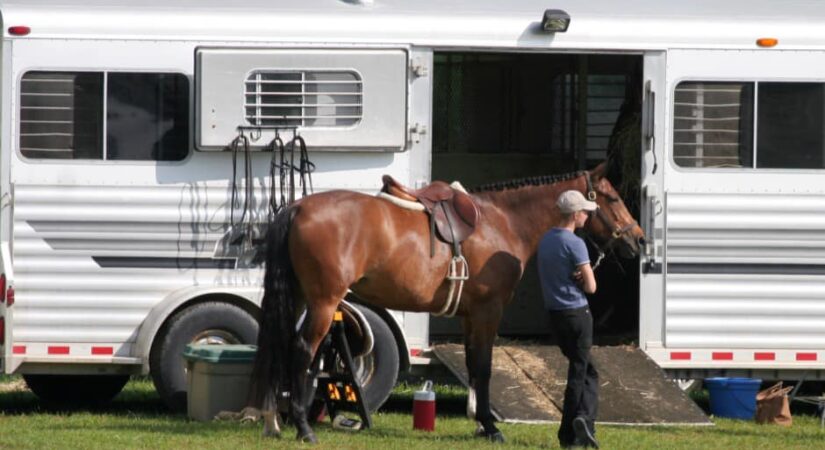Before the advent of multi-month destination competitions, traveling to local and regional horse shows on different weekends was the backbone of equestrian sport in the United States. One-day “trailer-in horse shows” and two- or three-day competitions with some stabling were usually hosted by a local riding stable or farm and provided the horse and rider with unique opportunities for growth and development in a variety of locations throughout the show season while remaining accessible both financially and geographically.
In recent years, multi-week and multi-month show circuits have gained traction and they have a purpose, especially for the large professional hunter-jumper barns where economies of scale favor a continuing series of competitions. It is easier for trainers and staff to set up once rather than regularly moving from show to show. For those riders who can afford to travel and stay for weeks on end at a competition venue, it offers an opportunity to compete over and over and gain experience.
That said, the number of local competitions is dwindling and that is detrimental for the average horse owner. Many horse owners who want to compete for fun or gain experience for young horses and riders don’t have the ability and budget to attend the large show circuits and rely on these regional competitions. Moreover, the loss of local shows is damaging to surrounding communities both economically and socially.
So, what exactly is the issue and what can we do about it?
Let’s start by looking at the big picture. Our country has deep-rooted ties to the land and agriculture. Family farming was a cornerstone in building the U.S. economy. But with the advent of new technologies and innovations, smaller farms have become increasingly obsolete. We’re now faced with the fact that modern society is losing its connection to its heritage, which was rooted in farming and animal husbandry. The loss of local equestrian competitions is part of this growing disconnect.
State farmland preservation acts were created with good intention—to preserve our ties to the land and recognize agriculture’s contribution to our country. However, increasing restrictions make it difficult for farms to apply for and receive the tax incentive benefits of farmland designation, which ultimately creates financial challenges for farm owners who want to host events such as horse shows. In New Jersey, for example, to be considered a farm, owners must demonstrate that gross sales of products from the land average $1,000 per year for the first five acres, plus an average of $5 per acre for property exceeding five acres. Farm owners that are producing agriculture and engaging in animal husbandry—the branch of agriculture concerned with animals that are raised for meat, milk, or other products—gain a tax incentive that will allow sufficient ownership of acreage for production. That is the purpose of farmland designation. The trouble is that some state and local governments do not recognize horse-related fairs and competitions as part of animal husbandry, making it impossible for these equine property owners to gain farmland designation. In short, the land necessary to hold equestrian events becomes too expensive to keep without the tax benefits for farming.
Additionally, residents in more rural areas are making it more challenging for farms to host horse-related events. The Not in My Back Yard—NIMBY, shortened—mindset has served as the catalyst for many towns and smaller governments to add local restrictions that inhibit horse shows. Many people who have recently relocated to more rural areas are often in search of quiet surroundings and have created a trend toward restricting horse sport activities and similar events. Local horse show organizers often run into difficulty with NIMBY-minded residents who are not sympathetic to the benefits these events bring when a farm owner hosts a competition.
What people with the NIMBY mindset don’t often understand is that not only do riders and horses from the surrounding area gain valuable experience competing at these shows, neighboring charities and non-profit organizations have opportunities for exposure and fundraising at these events. In fact, charities were frequently the primary beneficiaries of local horse shows. The competitions were also popular community events attracting local vendors selling food, services, and wares, helping to stimulate the economy, and giving families the opportunity to spectate and enjoy watching the horses up close.
Now that we understand the issues, let’s discuss what we can do to spur change. First, I’d ask lawmakers to interpret these farmland preservation laws to include the necessary activities that help make a horse saleable. For the equine industry to be successful, individuals need to be able to train horses to make them marketable. In short, animal husbandry needs to include the activities that allow the development of horses.
Let’s take the example of farmers that produce apple cider from their apple orchards. Farmers who grow apples on their land often bring their apples to another farm to be pressed into cider. Growing the apples and pressing the apples are processes required to have a marketable product. Now, let’s consider what it takes to market sport horses. Horses are born and raised on a farm until they’re of an appropriate age to be ridden. Once broke under saddle, to increase their marketability, it’s critical that these horses travel off premise to gain training and competition experience. So, like the apples, horses must undergo a set of processes—including traveling to another farm for development (or processing in the case of the apples)—much like any other product grown or raised on a farm. With this in mind, we need to tell our legislators that we want to see our farmlands used to increase our agriculture and animal industries and that farmland designation should apply to horse show venues and fair grounds.
Second, I encourage all of us to help others understand the benefits that horse shows create both economically and socially. It is easy to underestimate the economic impact horses bring to our communities. According to the American Horse Council’s 2017 National Economic Impact Study, the horse industry contributes approximately $50 billion in direct economic impact to the U.S. economy and has a direct employment impact of 988,394 jobs. Additionally, the industry itself contributes $38 billion in direct wages, salaries, and benefits.
More importantly, horse shows bring communities together. Revitalizing the local show circuit is not only beneficial to horses and riders, it is important in preserving our connection to agriculture and animals for which our country has long been known. If we want to keep horse sport vibrant, diverse, and accessible—in addition to creating opportunities for smaller, suburban communities—a collective effort needs to be made to demonstrate to our local governments all of the good that comes with the local horse show in our back yards. I encourage you to support your local-area events; bring your children to the 4-H fair, flower show, or a horse show and let them see for themselves that there is magic and beauty in all that the land and animals have to offer.
This article originally ran in the October 24 & 31, 2022 issue of the Chronicle of the Horse.

